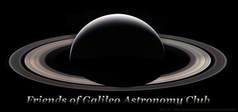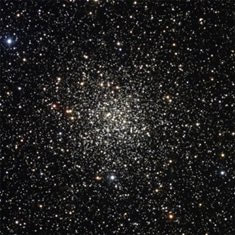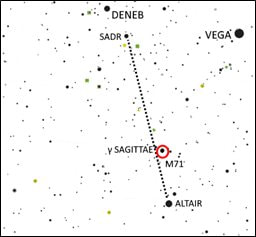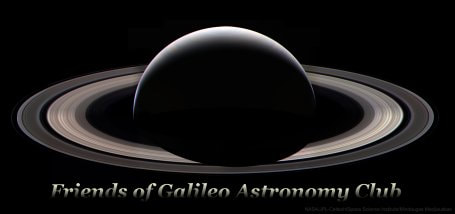FOG Blog
 We had several successful events this month. On the 2nd, Greg and Roy went to Lake Sacajawea to clean up the Solar System Walk and make sure it's in good shape (it is!). Friends of Galileo gave the Walk to the City of Longview in 2001. We had our monthly meeting on the 17th. We had a great turnout, and two new members (welcome Ray and John!). NASA Ambassador Les Hastings gave us an update on NASA missions, from local satellites to missions under development to the status of the Voyager spacecraft. It was fascinating! FoG members also supported a motion to organize Longview's first-ever Solstice Solar System Walk at Lake Sacajawea. Much more information to follow - stay tuned, volunteers needed! Then, on the 20th, FoG members joined astronomy enthusiasts across the US for National View the Moon Night. We gathered at our usual Sidewalk Astronomy location and had a great turnout. One family wanted help setting up a telescope they received as a gift (it works just fine now, thanks to Greg). We also welcomed a few people who were a bit baffled by the unexpected group of telescopes as they drove by. We persuaded them to have a look at the moon and at Saturn's rings. They were delighted. Viewing events will be limited now that we are in monsoon season, but do join us for our next monthly meeting in physics classroom D8 at Mark Morris High School on November 14, 7:00 PM.
0 Comments
Sky Report by Ted Gruber
Evening Sky Jupiter (magnitude -1.8) and Mercury (magnitude -0.2) are visible low in the southwestern sky at dusk. Both planets are visible until they set 30 to 60 minutes after sundown. Mercury sets first through October, and then Jupiter sets first through mid-November. The two planets lie only about 5° above the horizon, so you’ll need an unobstructed southwestern view to see them. Saturn (magnitude 0.5) becomes visible in the southwestern sky as darkness falls. Look for the ringed planet about 20° above the horizon. Mars (magnitude -1.0) is visible in the southern sky from twilight until it sets about 1:00am. On November 15, the first quarter moon passes 1° south of Mars. Morning Sky Venus (magnitude -4.7) returns to the morning sky in early November. It rises about 30 minutes before sunrise on the November 1, two hours before sunrise by mid-November, and about three hours before sunrise by the end of November. Venus remains visible until fading into the morning light. Meteor Showers The Orionids are active through November 7, with a predicted peak in the early hours of October 21. Most predictions call for a peak rate of 20 meteors per hour. The Leonids are active from November 5-30. The Leonids are known for producing some of the most intense meteor storms recorded, but this year we can expect 10-15 meteors per hour during the predicted peak the night of November 17-18. Moon Phases Full (10/24), last (10/31), new (11/7), first (11/15), full (11/23), last (11/29). Messier of the Month – M71 M71 is a magnitude 6.1 globular cluster in the constellation Sagitta. It is about 12,000 light years distant and has an estimated age of 9 to 10 billion years. With a diameter of 27 light years, M71 is one of the smallest known globular clusters. Its 20,000+ stars are loosely packed, which explains why it was originally thought to be an open cluster. M71 appears as a fuzzy patch of gray light through binoculars; larger telescopes will resolve individual stars. Click the link below to view or download this month's newsletter.
The sun came out for today's work party.
We inspected and cleaned all the polished granite plaques which are part of the Solar System Walk at Lake Sacajawea. It was a gift to the City of Longview from Friends of Galileo in 2001. The Walk is a scale model of our solar system, representing relative sizes and distances of the sun and planets. In our model, the sun is 24" across. Pluto is 1/20" and 1.64 miles away. In reality, Pluto is 1,413 miles across and 3.7 billion miles from the sun, which is 864,000 miles in diameter. As you enjoy Lake Sacajawea, keep an eye out for the sun and planets. The Walk is along the path on the west side of the lake. You can download a self-guided tour to help you find your way through our solar system. |
Friends of Galileo
We are astronomy enthusiasts who love to learn and to share our wonder at the amazing sights right overhead. Archives
February 2024
Categories
All
|
||||||



 RSS Feed
RSS Feed